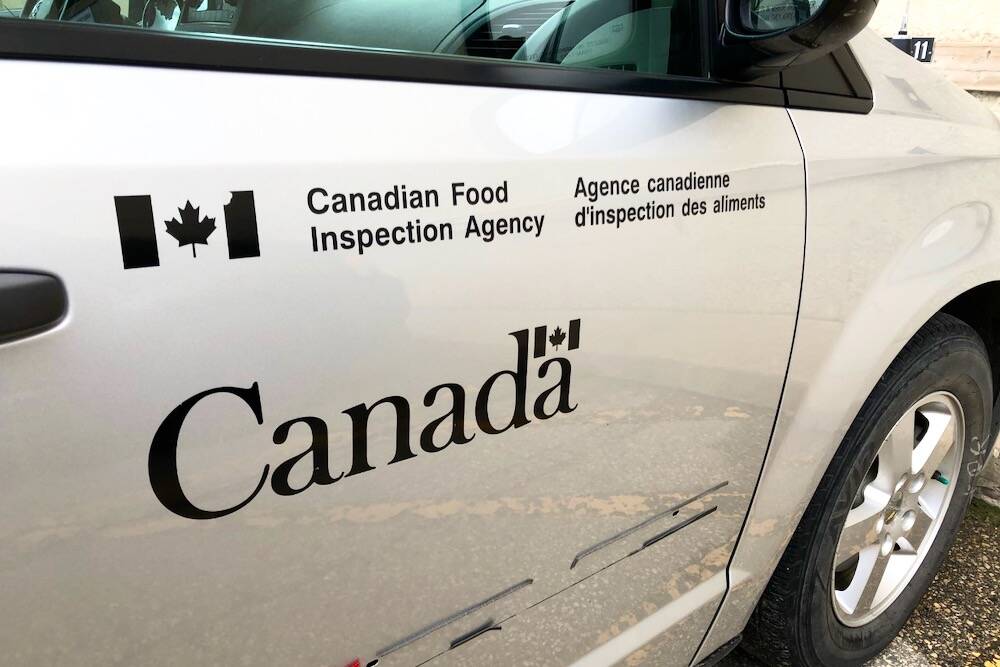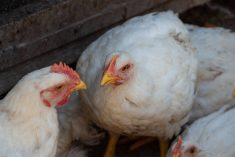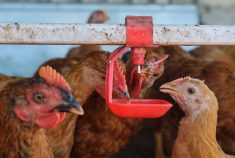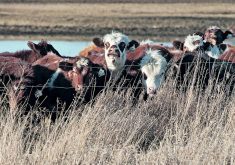Without a still-unforeseen jump in North American pork exports, or a sudden five to 10 per cent drop in the North American sow herd, it’s seen as likely that below-average prices for live hogs will continue into 2010.
Given current reductions in pork exports to China and Russia, the North American sow herd may need to decline by another five to 10 per cent, Saskatchewan provincial hog market analyst Brad Marceniuk said Friday on the hog industry-sponsored program Farmscape.
“Domestic demand for pork in North America has been relatively good in 2009, while the export market has been weaker,” said Marceniuk, who’s based in Saskatoon.
Read Also

CFIA adds controls for imports of Spanish feed ingredients after African swine fever outbreak
The Canadian Food Inspection Agency (CFIA) has added Spain to a list of countries subject to feed import controls due to an outbreak of African swine fever in that country.
“This is partly due to the H1N1 virus and partly due to increased pork production in countries such as China and Russia. U.S. pork exports to China and Russia for the first six months of 2009 were down significantly from the same period here in 2008.”
Canada’s domestic hog slaughter numbers have been “moderately up” in 2009 compared to 2008, due mostly to more hogs staying in Canada due to mandatory country-of-origin labelling in the U.S.
U.S. slaughter numbers have been “relatively flat” over the last eight weeks compared to the year-earlier period but were “up moderately in recent weeks,” he noted.
U.S. pork production is also up moderately over the last few weeks compared to the same period a year ago, and “overall, U.S. slaughter numbers really have not declined in 2009 as much as initially anticipated,” Marceniuk said on the program, sponsored by Sask Pork and the Manitoba Pork Council.
The amount of pork in cold storage was down moderately in July from June but is still up from year-ago levels. Beef, chicken and turkey stocks, meanwhile, increased from June to July.
“Looking at cold storage stocks in general, they continue to remain in the upper end of their five-year average,” he said, “and I think they will keep meat prices from increasing significantly here in the short term.”
Even if Canada launches a second sow cull program, a U.S. program would have a much larger impact on prices, Marceniuk said. The U.S. sow herd is over four times larger than the Canadian sow herd.













